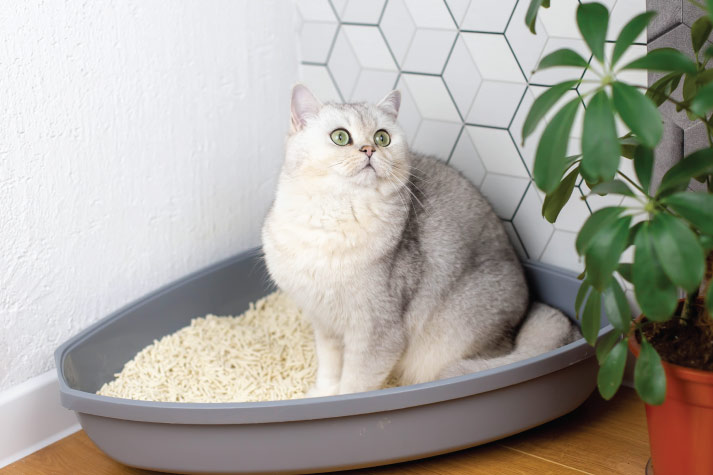
04 Mar
Exploring Litter Box Options: Which One Is Best for Your Cat?
Bringing a cat home? Congratulations! You’re sure to have a wonderful time with your new best friend. Before you bring a cat home, you should consider a few necessary accessories which are important for their health and comfort, such as a litter box. A cat litter box is a central piece of your cat’s daily life, and choosing the right one will make sure your pet has the best comfort and hygiene daily. It will also help your surroundings be less affected by litter, as well as make the litter box itself easier to manage.
While at first glance you may see just a box or a tray for litter, your cat’s comfort is closely tied to your litter box of choice. A litter box is a safe space for your cat, a space where they can relieve themselves in a comfortable environment. If you choose the right litter box, your cat should be more comfortable in it and therefore behave better. The right litter box for you will also make maintenance easier, meaning you’ll have to spend less time and energy on cleaning it.
To help you, we’ve gone through the different kinds of cat litter boxes, breaking down the different types and varieties on offer, what factors you should consider before getting one, and how the different types of boxes affect your cat differently. By the end of this handy guide, you should be armed with all the knowledge you need to make an intelligent and informed decision.
Types of Cat Litter Boxes
There are a few general types of cat litter boxes you can choose from. Here is a short list of them, with the benefits and drawbacks of each.
Traditional Litter Boxes
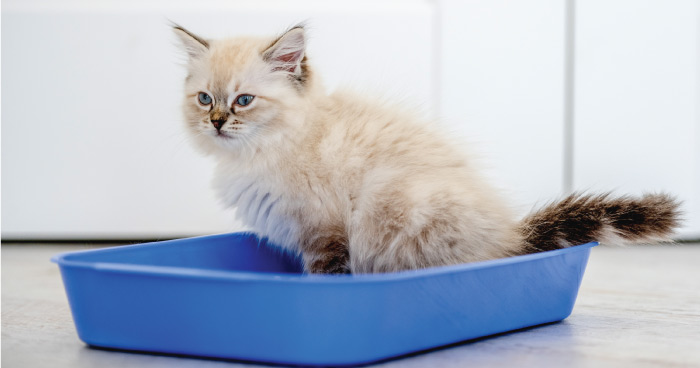
These are simple and ubiquitous options, as well as the most widely used form of litter box. In such a box, your cat has easy access and enough space to accommodate larger cats as well. They are easy to clean, they come in a plethora of materials and sizes, they are easy to clean and suit a variety of cats.
The drawback with this litter box is the odour; there is no odour containment, meaning the smell could potentially be an issue in smaller spaces. Cats tend to kick litter out of their boxes, which is another reason why odour and smell can be an issue. Some cats may also be anxious in open or traditional litter boxes, which is something to consider. For such a litter box, the size and depth of the box are important, with a regular rectangular shape doing the job well enough.
Covered/Hooded Litter Boxes
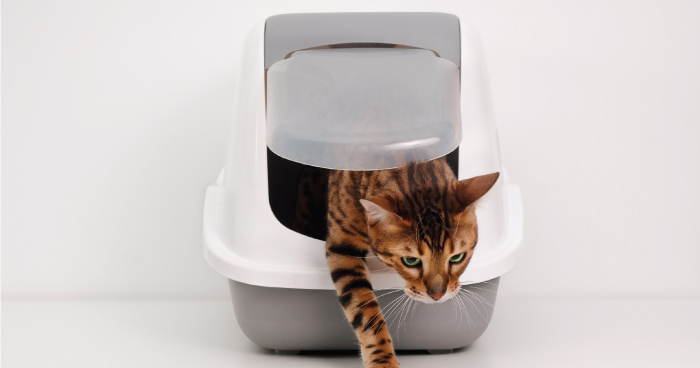
Covered litter boxes solve the privacy issue with a handy hood/lid, which also helps keep the odour within and away from its surroundings. The lid also means that litter is less likely to be expelled from such a box, reducing the mess around it. Some models also have carbon filters which can further reduce the smell.
It sounds like the perfect litter box then, but you need to clean it out more often, as the smell that doesn’t escape ends up trapped inside the lid. Cleaning the box itself can be tougher thanks to the cover, making it a good option for anxious kitties but one which requires maintenance.
Self-Cleaning Litter Boxes
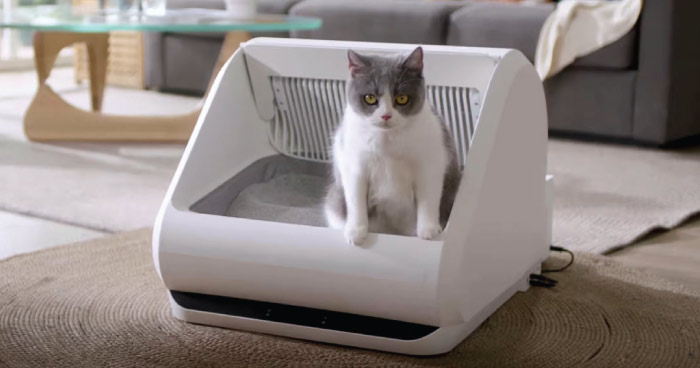
As the name denotes, such litter boxes are self-cleansing, making them a mighty convenient option. These boxes automatically scoop waste into a different compartment which means you don't have to scoop manually. They can help keep your environment clean thanks to their self-cleaning nature, and some models even come with odour control.
There are a few downsides though; such litter boxes cost more thanks to the smart features, with the box requiring occasional maintenance. Some cats may be apprehensive of the box thanks to the noise and movement, which may be an issue if your kitty is nervous or anxious.
Top-Entry Litter Boxes
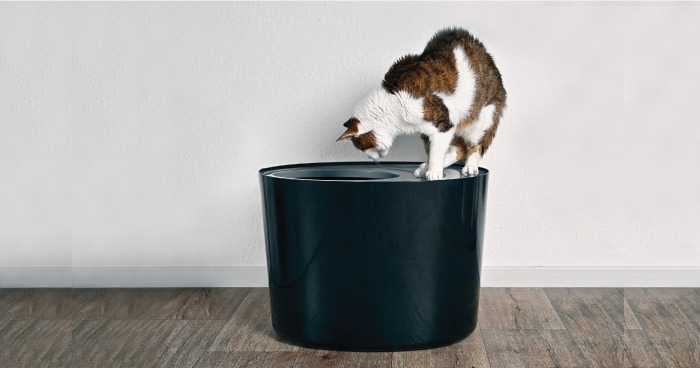
Such litter boxes are fantastic at keeping litter in the box and preventing your cat from kicking it out, which means these are ideal for smaller or closed spaces. Privacy and the fact that it keeps litter out of reach of other animals or children is a nice addition.
However, your cat will have to enter and exit it through the open top, meaning it isn’t suitable for cats with mobility issues or elderly cats. Some cats may also not like the confined space or the need to jump, leading to avoidance, so make sure your cat is comfortable with such a litter box before making a purchase.
Disposable Litter Boxes
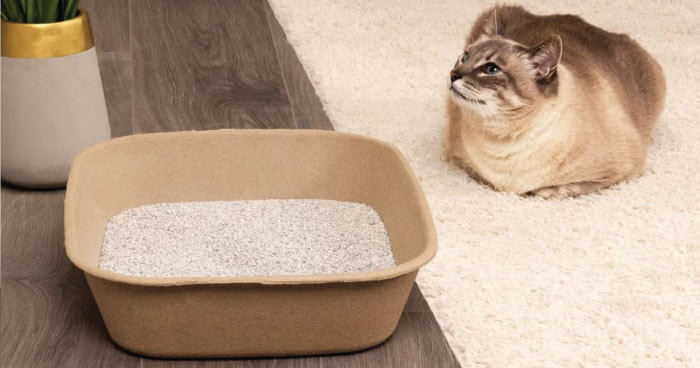
Generally suitable for use when on pet travel or when in a temporary location, disposable litter boxes are typically constructed from eco-friendly materials and are easy to use and dispose of as needed. However, such boxes are not good options for long-term use and are not a cost-effective option if you're using and throwing them regularly. Due to their intended use case, they are not as durable as a regular litter box or tray and should be used while travelling or during pet travel & shifting residences.
Things to Consider When Choosing a Cat Litter Box
- Your Cat’s Age and Size - You should always consider your kitty’s size and age before selecting a litter box. Kittens will require a box that is shallow for easy access, while older cats may require a bigger box with more space for movement. Whatever the type of litter box you end up choosing, make sure you keep your cat’s requirements in mind and choose a box that is appropriate for their size and age.
- Placement in the House - While it may not seem like a significant factor, your placement of the litter box can affect your cat’s usage of it. You should aim to place the litter box in an area that gives your cat some privacy, in a spot where people don’t come and go too often. Be sure to keep the litter box far away from your cat’s food and water bowls, as cats are not a fan of the two being in close vicinity.
- Odour Control - Odour control is necessary for both your cat and you. Litter boxes can be covered to help curb the smell, but they will need to be aired out eventually. You can either air out the box or select a different litter box with some filtration which could help reduce the odour. Remember that proper cleaning is the solution to odour, so clean out that box regularly and thoroughly.
- Construction and Build Quality - When selecting a box, be sure to check what the primary materials are in its construction. Ideally, you want a box that is made of non-toxic and durable materials, that is relatively easy to maintain and is resistant to odours. Whatever format of the box you choose, make sure it is sturdy and well-constructed with no room for leaks. Plastic or resin-based litter boxes are popular choices.
How Much Maintenance Does a Litter Box Require?
Maintenance of a litter box isn’t the hardest thing in the world, but it does require you to pay attention and follow a process. The process also varies depending on the type of box you’ve chosen; top-entry boxes will require some dexterity to clean thoroughly. Similarly, open litter boxes or litter trays are easy to clean but require cleaning more often since cats tend to kick their litter outside the box. Self-cleaning litter boxes will be convenient in daily life but require regular maintenance. Whatever your choice of litter box, it will require some degree of cleaning and maintenance to function smoothly.
Here are a few tips for effectively cleaning your cat’s litter box:
- Daily Scooping: Be sure to remove kitty waste from the box daily; this will prevent odour from building up and maintain hygiene.
- Frequent Cleanings: Be sure to empty the box and deep-clean it at least twice a month.
- Cleaning Agents: You will require cleaning agents when cleaning thoroughly, so make sure to use pet-safe cleaning agents.
- Fresh Litter: Your cat’s litter box will require fresh litter regularly to keep the box fresh and usable.
- Odour-Controlling Product: If odour is a recurring issue, you can swap regular litter for odour-controlling litter.
- Ventilation: Uncovered litter boxes will lead to odour, but a covered box does the same, so make sure to air out and ventilate your litter box from time to time.
Tips for Litter Box Training
Litter boxes are an important part of your cat’s day-to-day routine. However, sometimes cats are hesitant to use their new litter box, which could lead to a bit of an acclimation period. To ease the process, here are a few tips for litter box training:
- Slow Switching: When switching from an old litter box to a new one, place the new litter box close to the old one for some time. Cats and pets in general are creatures of habit, so doing this will help ease the stress that comes with the change in a familiar space.
- Same Litter: When transitioning from one litter box to another, use the same litter in the new box as you were in the old one. This will help keep a familiar scent around, and if you want to change your brand of kitty litter, you can slowly mix new litter with the old one to make the change less noticeable.
- Positive Conditioning: Don’t force your cat to interact with a new tray. Leave the tray in their preferred spot and incentivize their interaction using toys and treats. This will create a positive relationship with their box, and they are more likely to use it on their own.
To conclude, your cat's litter box is an essential accessory. It is central to your cat's health, well-being, and everyday routine. When choosing a litter box for your cat, make sure to make your choice based on your cat's unique needs and requirements. By doing so, you will ensure that you've created a comfortable and secure environment for your cat that reduces the chance of unnecessary accidents and odours around the house and makes sure your cat has a safe space.
Be sure to consider the different types of cat litter boxes, how to maintain them, how well they control odour, and how well they suit your cat’s exact preferences before making a purchase. Choosing the correct litter box goes a long way in cat ownership, and by choosing the right one, you’ll make sure your cat is healthy and happy, and keep your home and surroundings clean and hygienic as well.


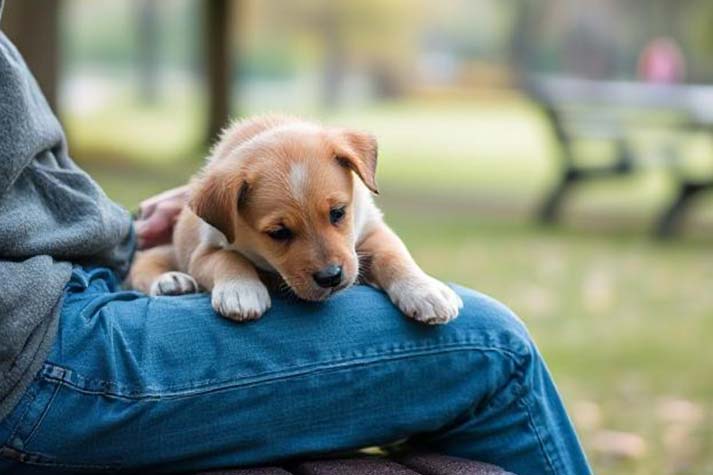
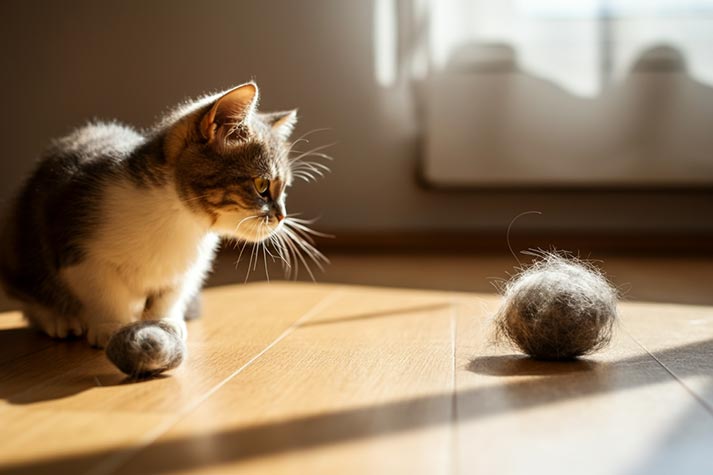


AUTHOR’S BIO
Carry My Pet
Passionate pet enthusiasts and globetrotters, dedicated to easing furry friends' journeys worldwide. Penning tales of compassion at CarryMyPet, where every relocation is a tail-wagging adventure.